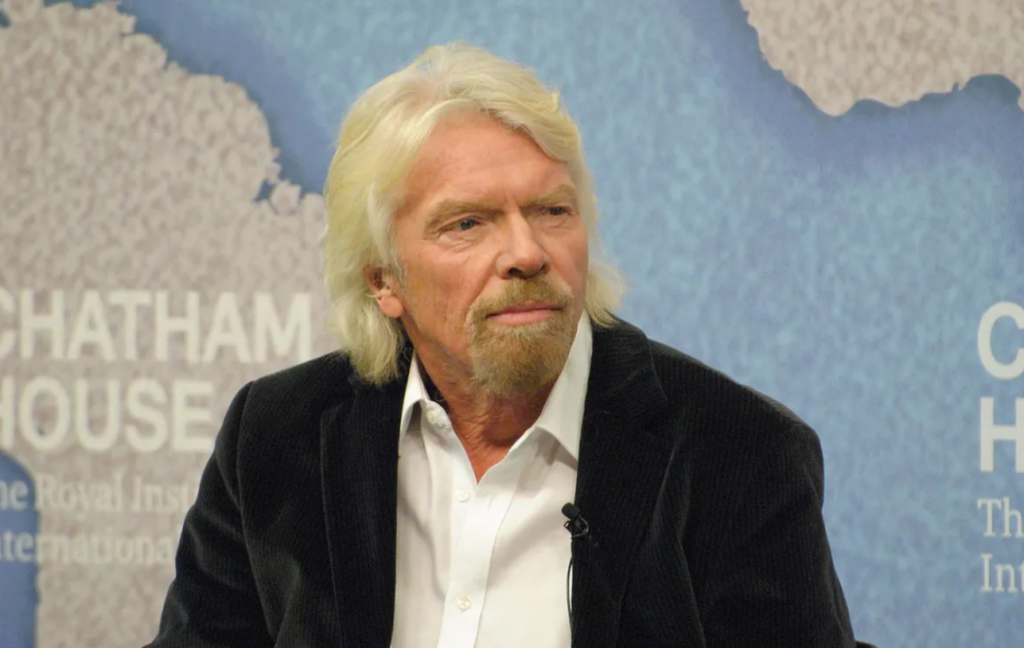Now Reading: The Impact of Music on Creativity: What Science Says
-
01
The Impact of Music on Creativity: What Science Says
The Impact of Music on Creativity: What Science Says

For centuries, artists, writers, and thinkers have turned to music as a trusted companion in their creative journeys. Whether it’s the gentle hum of a classical symphony, the pulse of an electronic beat, or the quiet strum of an acoustic guitar, music seems to awaken something within us—a spark that leads to invention and imagination. But what does science actually say about the relationship between music and creativity? Recent research suggests that the connection runs deep, though not always in predictable ways. Studies have found that listening to moderate, ambient music can boost divergent thinking—the type of thinking associated with generating fresh ideas and novel solutions. Certain tempos and tonal qualities appear to stimulate the brain’s default mode network, a system tied to daydreaming and spontaneous thought. Yet, other research cautions that not all music environments enhance creativity; complex or highly lyrical tracks can sometimes demand too much cognitive attention, pulling focus from the creative task at hand. Personality also plays a key role. Some individuals thrive in silence, while others need a rhythmic backdrop to enter a flow state. What’s clear, however, is that music influences mood—and mood, in turn, shapes the way we create. Uplifting tunes can inspire optimism and exploration, while darker melodies may drive introspection and emotional depth. As neuroscience continues to unravel the intricate ways sound affects cognition, one thing remains certain: music is more than entertainment. It is a powerful tool for shaping how we think, feel, and ultimately, how we bring new ideas into the world.
For centuries, music has been regarded as one of humanity’s most powerful forms of expression, capable of communicating emotions and ideas that words alone cannot capture. But beyond its emotional richness, scientists are increasingly uncovering the ways in which music influences the creative process itself. Creativity—the ability to link unrelated concepts, generate new solutions, and imagine the unseen—is not a static trait. It is a dynamic state of mind shaped by internal chemistry, environmental cues, and cognitive flexibility. Among these influences, music emerges as one of the most potent triggers of creative thinking.
At its core, music engages the brain on multiple levels simultaneously. When a person listens to a melody, the auditory cortex processes pitch and tone, while regions in the limbic system—associated with emotion—interpret its feeling. Meanwhile, the motor cortex subtly responds to rhythm, and the prefrontal cortex evaluates structure and meaning. This full-brain engagement fosters a unique state where logical reasoning and emotional intuition coexist. It is in this balanced neural environment that many people report their most novel ideas.
Creative insight often arises when the brain is relaxed but alert—similar to the “flow” state many describe when deeply immersed in music. Melodic patterns can encourage divergent thinking, where the mind explores multiple possible connections rather than following a single linear path. Likewise, certain rhythmic sequences or harmonic structures can temporarily quiet self-consciousness, allowing the imagination to play freely. For a writer, this might mean finding new metaphors; for a designer, discovering fresh color combinations; for a scientist, perceiving patterns across complex data.
Musical creation itself goes even further. Composing, improvising, or performing music forces the brain to coordinate emotion, logic, and motor planning in real time. Studies show that musicians often develop enhanced interconnectivity between the two hemispheres of the brain, bridging intuitive and analytical thinking. This neurological blending appears to strengthen the capacity to generate original ideas in other fields, too: engineers, architects, and even entrepreneurs who are musically trained frequently exhibit heightened problem-solving abilities and inventive approaches.
Equally important is the emotional modulation music provides. Creativity thrives when emotion and reason are balanced—too much stress inhibits risk-taking, while excessive calm can dull motivation. Music operates as a self-regulating mechanism, energizing when necessary or soothing when mental noise becomes overwhelming. In this way, music serves not only as aesthetic pleasure but as a cognitive tuning device, helping individuals enter the mental zones most conducive to original thought.
Ultimately, the creative impact of music lies in its ability to connect disparate elements—sound and silence, order and chaos, emotion and intellect—into harmonious interplay. Through this synthesis, it mirrors the very process of creativity itself: the combination of familiar components in ways that feel entirely new.
Empirical research over the past two decades has provided compelling evidence that music affects neural activity, emotional states, and cognitive performance—all of which contribute to creativity. Neuroscientists have used tools like electroencephalography (EEG) and functional magnetic resonance imaging (fMRI) to map how the brain responds to different musical experiences. What they’ve found is striking: listening to music increases communication between brain regions associated with memory (the hippocampus), emotion (the amygdala), and executive function (the prefrontal cortex). This network synchronization allows for richer associative thinking, a cornerstone of creative insight.
One frequently cited mechanism involves dopamine release. When people hear music they enjoy, dopamine—a neurotransmitter linked to reward and motivation—surges in the brain. Dopamine not only makes the experience pleasurable but also enhances cognitive flexibility, enabling greater openness to novel ideas. According to research at McGill University, peak moments of musical pleasure correspond to increased activity in reward circuits similar to those activated by food, art, or deep learning experiences. These chemical shifts appear to prime the brain for creativity by fostering curiosity and motivation.
Different musical structures also influence creativity in distinct ways. For example, moderate levels of background noise, such as gentle ambient music, can encourage divergent thought by creating a mild distraction that nudges the brain out of habitual thinking patterns. A well-known study from the University of Illinois found that creativity scores improved in participants who worked with ambient sound around 70 decibels—roughly the noise level of a busy coffee shop—compared to silence or louder environments. However, too much complexity or volume can overload working memory, impairing concentration.
Genre and tempo also matter. Classical and instrumental music, especially pieces with moderate tempo and evolving harmonies, promote sustained focus and relaxation without causing linguistic interference. In contrast, fast-tempo or lyrically dense songs can sometimes hinder performance on tasks that require verbal reasoning or memory recall. Yet, for physical or improvisational work—like dance, brainstorming sessions, or coding marathons—upbeat music may enhance energy and persistence.
Musical training profoundly influences creativity as well. Research shows that learning an instrument or engaging in regular musical practice enhances neural plasticity—the brain’s ability to reorganize and form new connections. Studies from Harvard and the University of Toronto have demonstrated that musically trained individuals tend to score higher on measures of abstract reasoning, pattern recognition, and divergent thinking. Their brains show increased connectivity between auditory and motor regions, supporting the idea that creative thinking benefits from cross-modal integration—processing information across multiple senses.
Moreover, in educational and professional settings, controlled experiments continue to explore how music can optimize creativity. In office environments, structured playlists of instrumental and ambient soundscapes have been found to reduce anxiety and mental fatigue, leading to better idea generation. In classrooms, music-based learning techniques help students grasp complex concepts through movement, rhythm, and repetition, thereby transforming passive learning into imaginative exploration.
Perhaps most significantly, the science of music and creativity underscores the customizable nature of its effects. There is no single “best” genre for creative work; instead, the key lies in aligning the sound environment with the desired cognitive state. Calm, lyrical music might help a painter settle into emotional depth, while rhythmic electronic patterns could elevate an engineer’s focus on mechanical design problems. This flexibility makes music both a universal art form and a deeply personal creative tool.
As researchers continue to examine how brainwave synchronization, emotional regulation, and sensory integration intersect through musical experience, one conclusion becomes increasingly clear: music is not just entertainment. It is a form of cognitive architecture—a tool that can shape how we think, feel, and innovate. Whether in a studio, a laboratory, or a quiet home office, the deliberate use of music provides more than a soundtrack to our work; it becomes a collaborator in the act of creation itself.


















